As one year ends, another begins – but what will 2019 mean for our sector?
We asked a variety of senior figures to give their thoughts on what the next big thing in the industry will be.
A big thanks to all those who took the time to contribute.

As one year ends, another begins – but what will 2019 mean for our sector?
We asked a variety of senior figures to give their thoughts on what the next big thing in the industry will be.
A big thanks to all those who took the time to contribute.
Want all the latest content from Prolific North delivered direct to your inbox daily? Of course you do!

With Brawl HQ based in Leeds, Channel Four’s move up to the sticks will have a major impact on the city. Will Leeds replace London? Will it overtake Manchester? No, but it might help us catch up a little.
Its an interesting time for mainstream broadcasting, as the march of online consumption shows no signs of stopping. In fact, with the arrival of 5G just around the corner that will deliver scary amounts of superfast uninterrupted data direct to the consumer, broadcasters are really going to have to deliver outstanding content more than ever to keep their place.
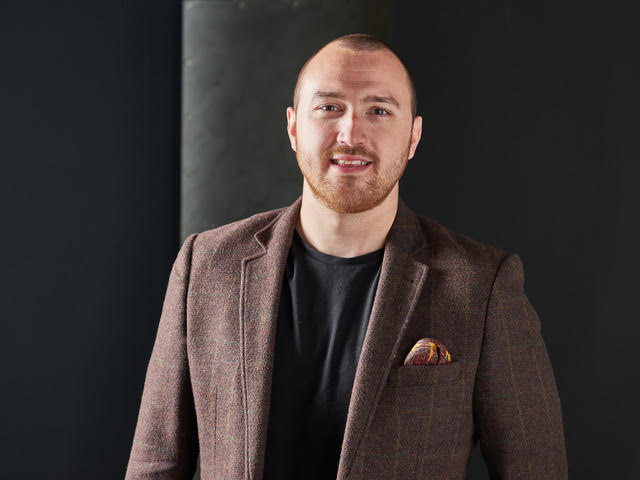
As a continuum of 2018, I think that we will see another rapid increase in the value of content creators, whilst the lines between social and content teams become even more blurred.
The next generation of marketing managers is well underway and brands/clients are (quite rightly) realising that their agency’s value isn’t in posting content and community management – they want to spend their money on intelligent content that has been produced by a multitude of skill sets in order to engage the consumer.
The flipside of that is that agencies, just like us, will be investing more and more in creative talent that can photograph, retouch, design and write content with a strong input from social strategy. But, do so in a way that feels akin to their packaging, POS and other comms for a more joined-up approach.

Data is already king, but we’re still not quite at a stage where we’re able to use data to consistently inform business practice across the board. I’d expect data-driven marketing decisions and business choices to become non-negotiables next year though.
When used properly, data provides fantastic insights into your customers; their habits, problems and desires. Unlocking that data knowledge – and actioning any findings – will be the key differentiator for businesses of all sizes in 2019.
I also anticipate that there will be a greater awareness of the power technology has in unlocking this valuable data, and this will enable challengers to come through – just take a look at the taxi industry as proof of this. Local firms like Street Cars are now able to take on Uber by benefiting from information drawn from over 50% of the UK taxi market.
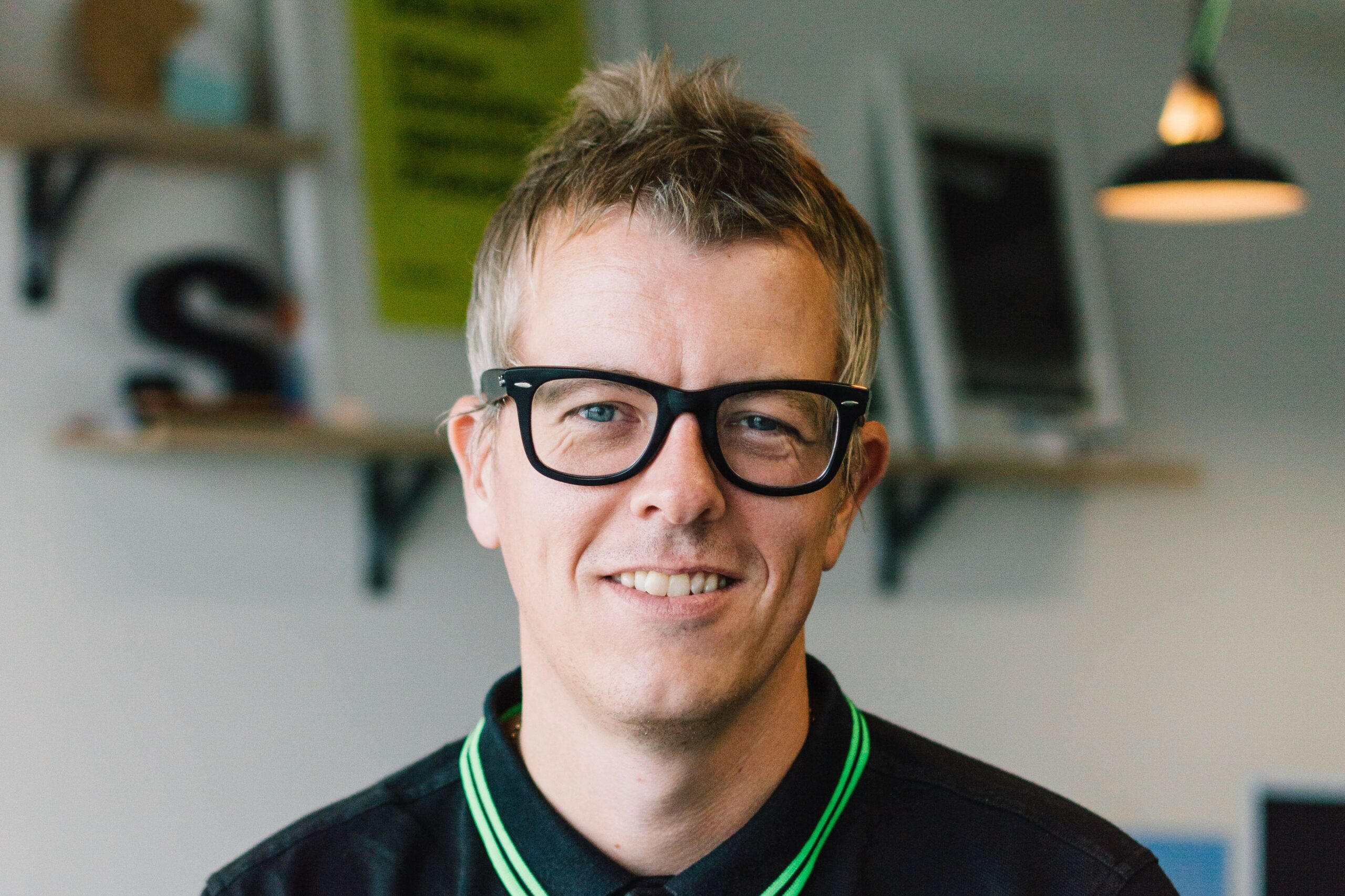
A shift we’re seeing is towards automation — and it makes perfect sense. The platforms we work with are helping retailers make the best of their time by automating things which are laborious. Making your systems perform tasks for you makes perfect sense, freeing time and energy to be better spent driving forwards.
Using tools such as “Flow” within Shopify Plus, we’re seeing those retailers that are adopting this way of working are growing quicker and keeping their customers happier. Computers never get bored and never forget — we’re recommending retailers adopt automation into their processes asap!
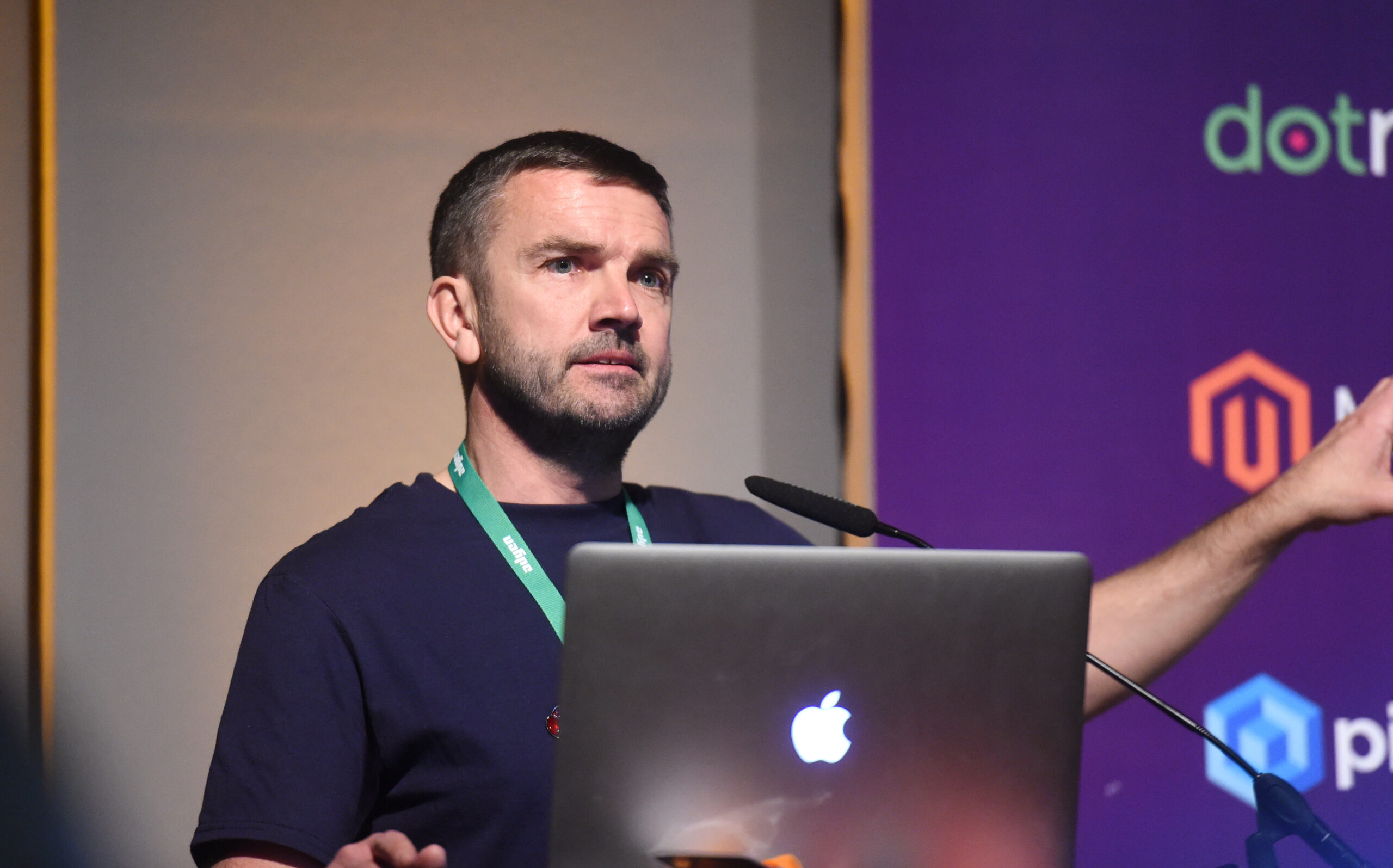
2019 will be an interesting year across the Payments Sector. PSD2 is a compelling turning point for retailers – the mandating of 3DS2.0 in September 2019 and the introduction of Open Banking will give retailers the chance radically re-examine how they manage payments. The big question is will PSD2 be embraced by retail as the opportunity to improve the online customer experience and drive out unnecessary costs or as yet another directive that has to be followed?
Oh and expect a lot more of the same as retailers continue to battle with the challenge of solving the omnichannel puzzle and expand internationally without that being at the expense of major investment and over-complicating the business.

Great product design and manufacturing processes are no longer enough to claim or maintain a best-in-class position. New disruptive companies are changing the way that products reach their target audiences – with a gear shift in both the speed and agility now available to marketing teams.
Buying behaviour from customers is significantly changing too. Standard working hours, locations and job functions are all evolving. Your customers and prospects may have moved on and it is critical that your marketing does too.
Manufacturers will be focusing on a digital marketing transformation in 2019 so that they are equipped to address the skills gap and can quickly react to changes in buyer-behaviour.

Marketeers need to recognise that children are becoming increasingly financially independent. Our research shows that nearly two-thirds of children now handle their own pocket money and savings, and the number of kids using pre-paid debit cards has more than doubled in 2018.
Children increasingly also want cash not gifts meaning they are empowered to buy what they want. Our Kids Insights data also shows this trend is set to continue, meaning anyone marketing to kids will need to work harder to target them.
For those not marketing to children bear in mind these are your next generation of customers. Understanding their attitudes, behaviours and preferences is crucial.

For the first time, the 2019 Gartner Hype Cycle of Emerging Technology is showing no new technologies moving up the Slope of Enlightenment and into the Plateau of Productivity. All the emerging technologies are stuck on the Peak of Inflated Expectations or worse, deep in the Trough of Disillusionment. We’re still way off mass AR and VR, virtual assistants are still niche and smart nano-dust is just a very small twinkle in the eye of its inventor.
2019 will be the year of doing what we’re doing now, but better…better data, better AI, better branding all coming together to deliver better consumer experiences.”
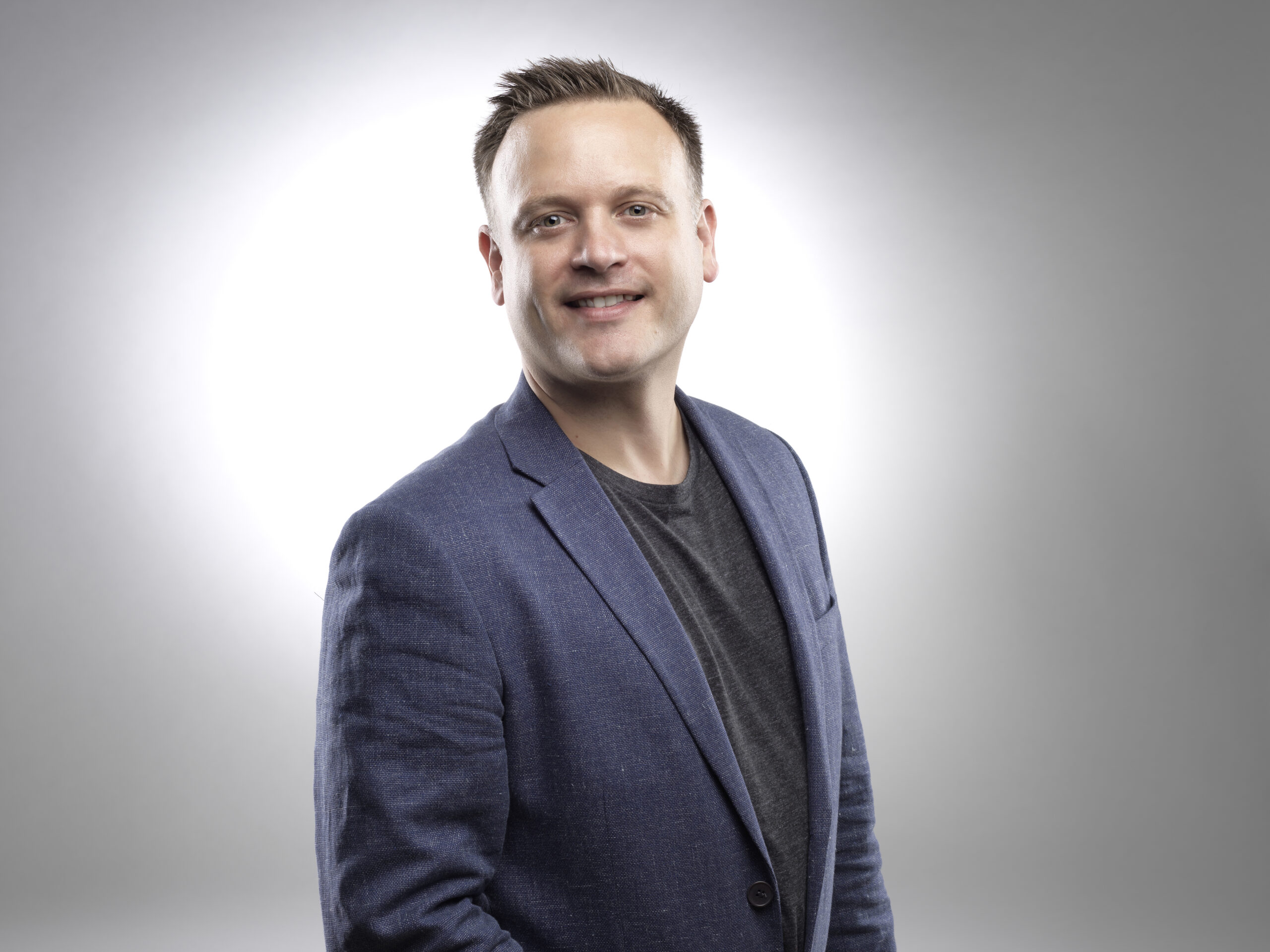
The popularity of video content will continue to grow. We are in a media world where you’ve got a fraction of a second to create engagement and video, when done properly, can be more powerful than words and still pictures. The professional and financial services sector in our region will continue to expand in 2019.
I also expect to see more tech startups with decent amounts of funding setting up shop in Manchester in 2019. I’m confident that Brexit, in whatever form it arrives, will be managed by most entrepreneurial and agile businesses across all sectors of our economy.

The agency model is dead. We predict that the most progressive agencies will begin to reinvent themselves as a flexible, agile team of specialists built around their client’s exact needs. There has become less demand for a generalist mindset; many brands now employ in-house creative team members, making the full-service style of agency feel outdated and redundant.
The agency model will give way to digital consultancies, who tailor their skillset to fit a particular project or client. This new form of agency is more than just a workforce; they are advocates for their clients and their creative partners. This model will value transparency and collaboration; empowering clients with expertise and working closely with them through every stage of the process.
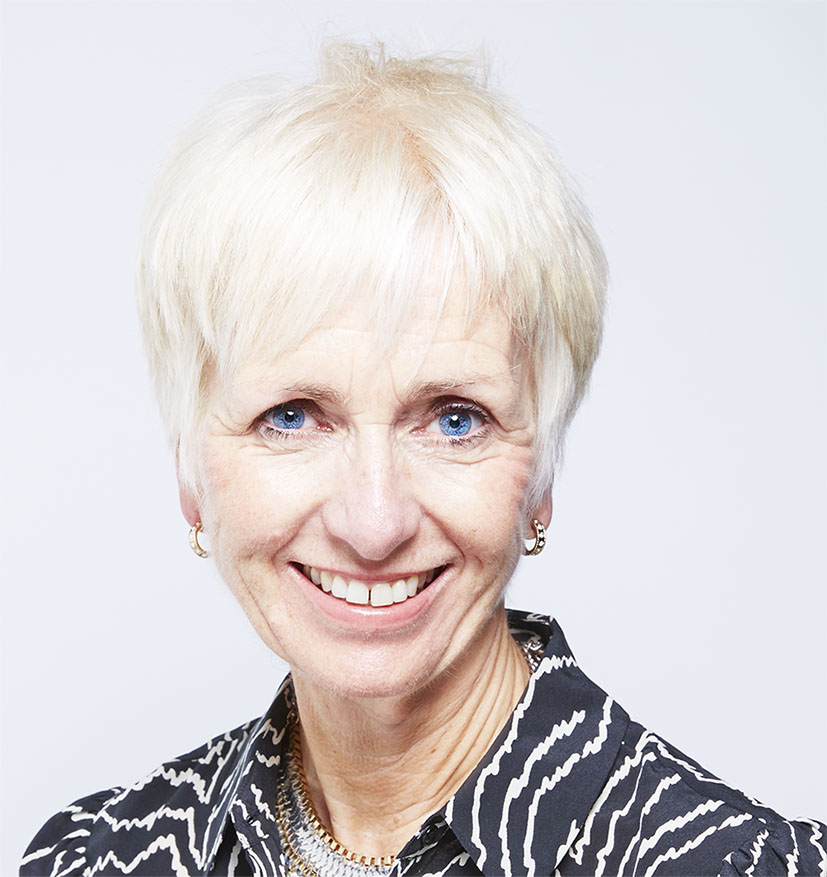
With the current political uncertainty, who knows what will happen? Assuming there is not a total breakdown of society or civil unrest, I think our industry will see the emergence of a couple of telling trends. Firstly, the talk about creative and media re-integration will start to become a reality as clients look for improved effectiveness and increased efficiency.
Secondly, after a year of fairly shocking disclosures around gender and diversity, I think we’ll see the industry really start to correct its course with some bold and imaginative initiatives that will make a lasting difference. Let’s hope so.
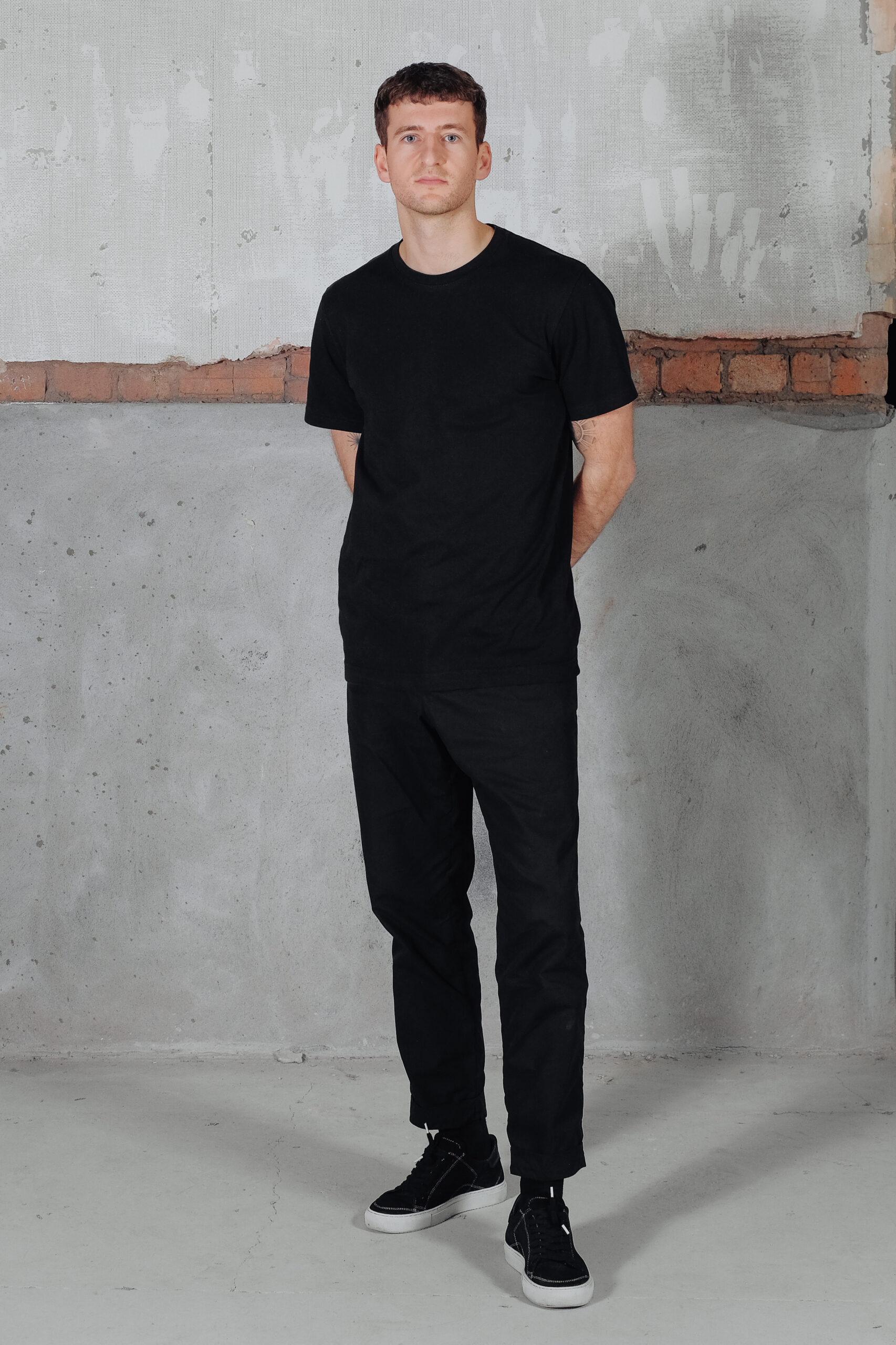
Design will shift to focus on creating cultures, not serving fictional demographics. At a time of rapid development within our cities, there is a lack of direction in what is being created. Whether it be coffee shops, apartments or retail stores, they’re all being driven by numbers and demographics rather than establishing cultures and lifestyles that define our future.
2019 is the time when design starts to challenge this outdated way of thinking; moving away from design as a service and towards shaping and influencing the experience of the end result. Next year will be about challenging briefs, a move away from producing the same work over and over again for a fictional demographic which doesn’t represent the way people live, work and play. The focus will shift to designing for cultures – for acknowledging individuality and creating spaces that are based on lifestyles and not numbers.

While sustainability has been a must for B2C brands for a while, 2019 will see the continuing rise of ethical brands in B2B. I don’t just mean recycling, zero carbon emissions, and turning the office lights off. It’s more than that. It’s about being genuine and honest in your business dealings and comes as an extension of brand storytelling.
People buy from people, not from businesses and that means B2B organisations need to show their human side. Being open and honest (and ethical) in your communications as well as your commercial ventures will grow in importance over the next 12 months.
To do that however, B2B organisations will need to embrace campaigns that are personal and authentic over more commercially-led, overproduced content. We’ve talked about B2B2C for a while and the growing need for companies to be more human. It’s driving B2B organisations to shape their campaigns to focus more on the people behind the brand. It’s certainly shaped LinkedIn for example – the biggest B2B.

2019 will see digital health accelerating and it will be more prevalent due to the quickening change in behaviours. Smart speakers/screens will become more mainstream with Google and Apple pushing the devices into the user consciousness, which will be driven by content and services that users can access through them. AR/VR will be used to enhance many services and we will see 5G come into its own.
It goes without saying that AI will become more prevalent with ML and deep learning converging in many more apps and services.
IoT will begin to accelerate with greater interoperability between providers but security will become a bigger concern.
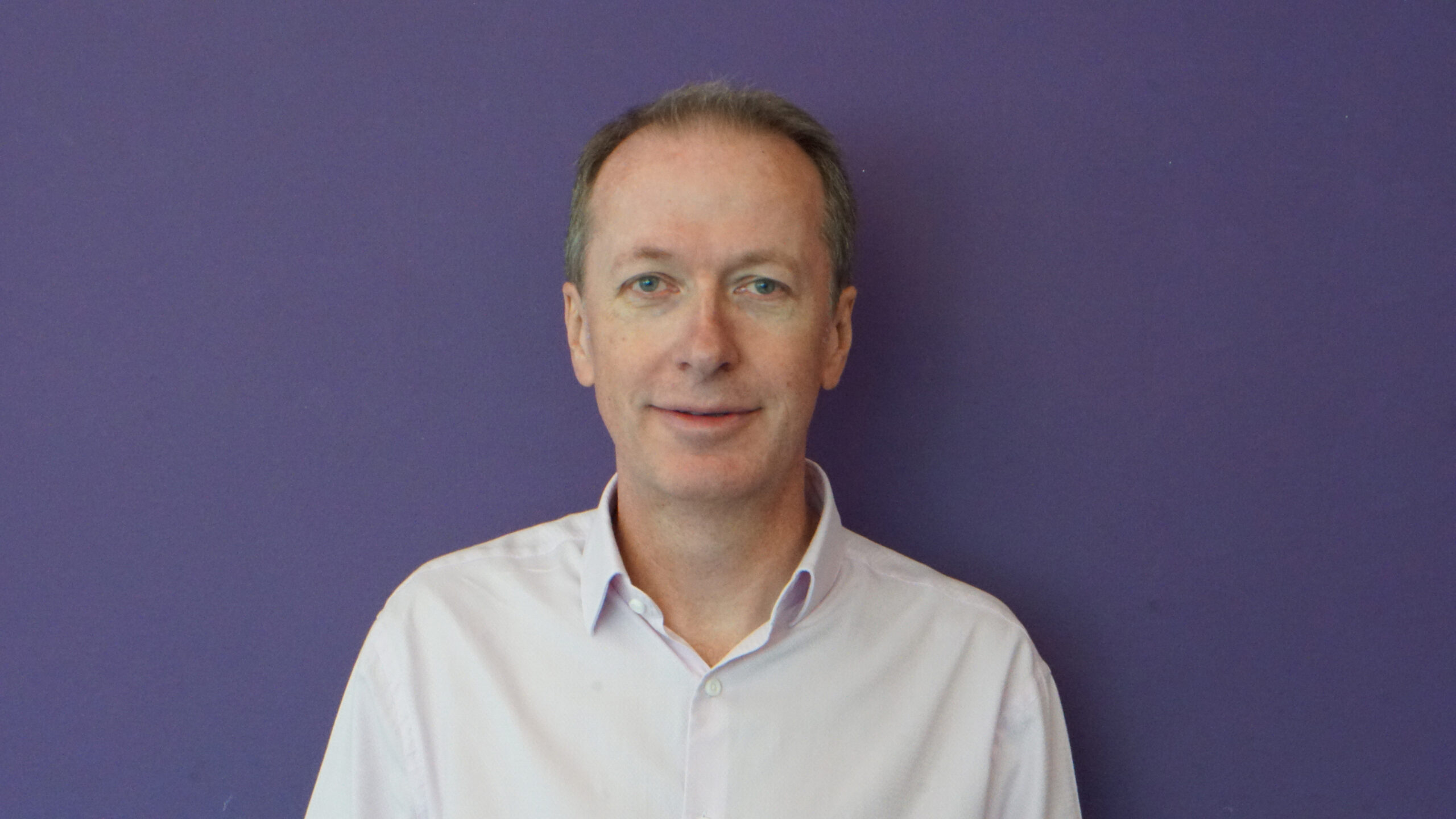
Collaboration. It’s a rather dry word, I admit. But it’s crucial at 5 live and I predict 2019 will be the year we take it to new levels.
Here’s why. Almost all of our stand out successes over the last 12 months have been projects we’ve developed with other partners. Like our #MumTakeover 2 – with Netmums and the Maternal Mental Health Alliance. Our #SexTakeover with Sunderland University and more recently, our Brexit phone in with Theresa May which ran on both 5 live and the BBC News Channel.
Working with new teams brings a diversity of thinking which allows the big ideas to flourish and our creativity and impact to reach new heights. It also helps our great content reach new audiences and we can’t wait to do more of it in 2019.
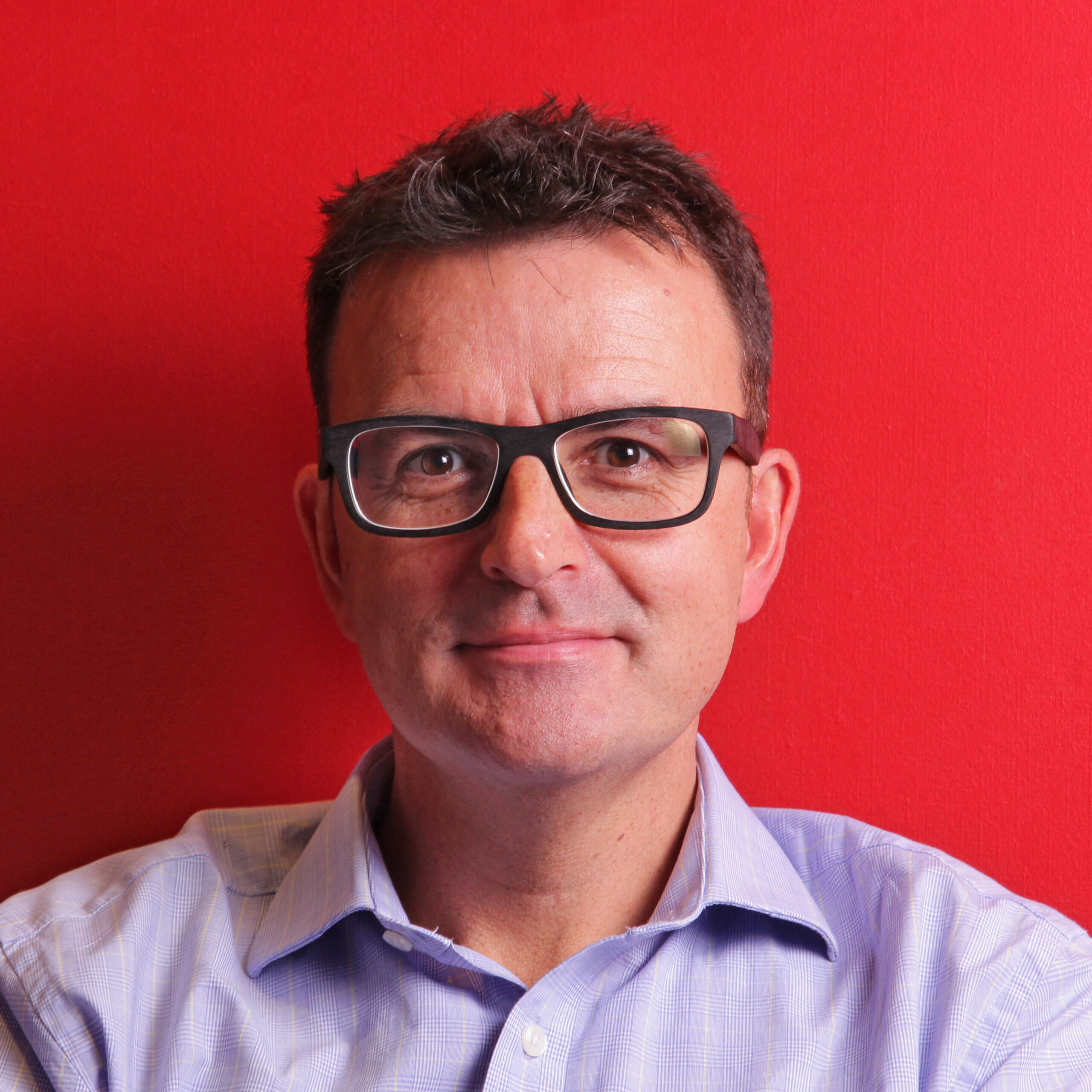
In today’s ‘always on’ world, there is no such thing as ‘dead time’ and as such the commute now represents an increasingly lucrative opportunity for brands. In 2019, this is set to get even bigger with 5G, connected cars – the IoT – and more connected trains and buses.
According to a new study of rail travellers’ online retail behaviour, by KBH On-Train Media and Retail Economics, the value of on-train commuter commerce reached £2.6bn in 2017 and is predicted to grow by 75% to reach £4.6bn by 2022.
The key for brands in 2019 is to harness this sales opportunity by marrying a properly mobile-optimised website or app with a presence across multiple platforms and touchpoints – both within digital and traditional media. The scope to be both highly creative and data-driven in this space is huge – with millions of customers there for the taking.
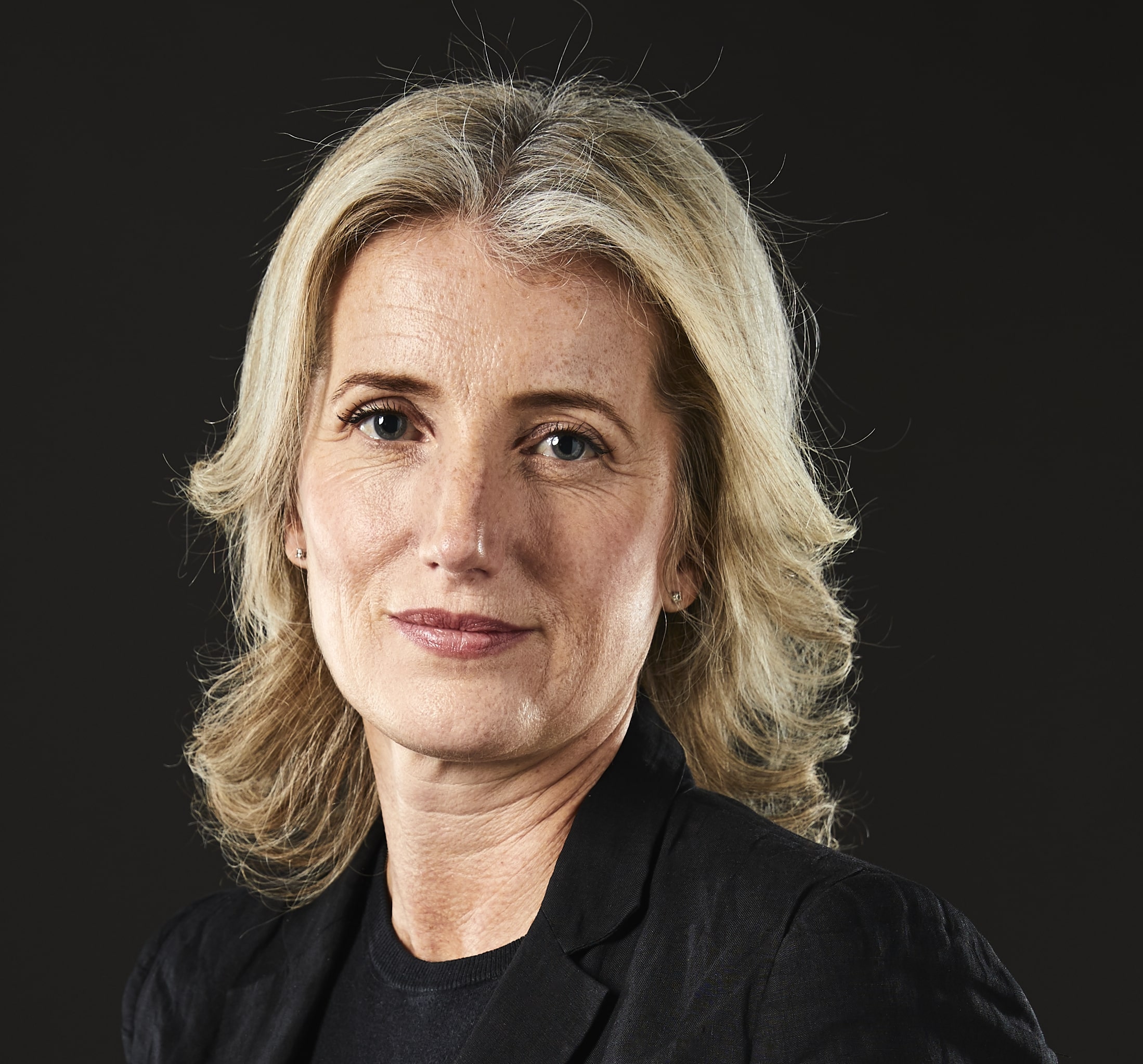
Predicting 2019. Now there’s a question. If we park the small matter of the country’s future, 2019 will be the year brands will need to work harder than ever to deliver the seamless connectivity we’ve all become used to in every aspect of our lives. For agencies this means a relentless focus on creativity and innovation to build deeper and more meaningful brand experiences.
And 2019 will be the year when more businesses shift from talking about the opportunity of voice and AI to actually figuring out how to deploy it at scale. Exciting times. Bring on 2019.
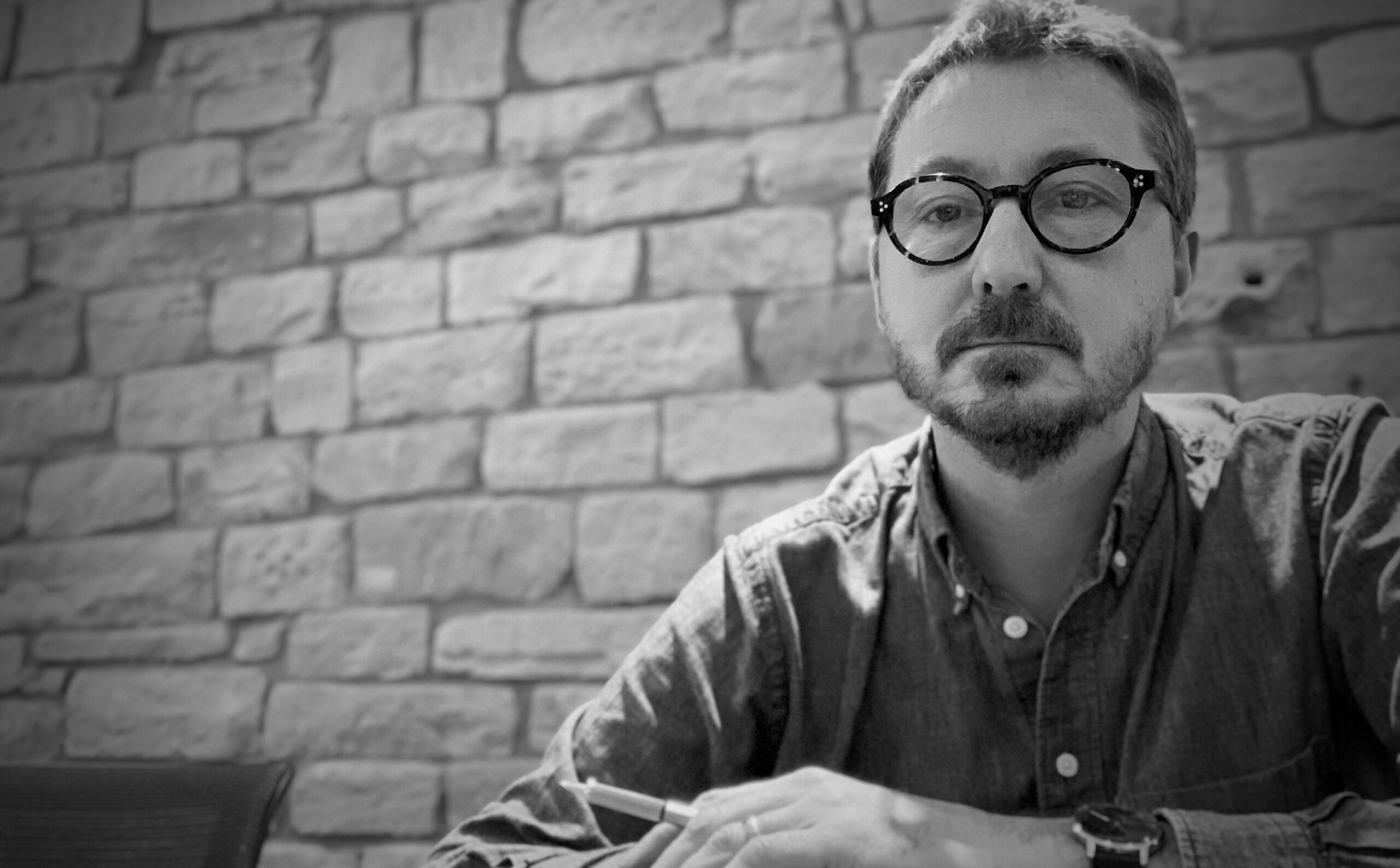
I think three things will be fundamental in 2019: Collaboration. Creativity. Connectivity. We will see more collaboration and co-creation with consumers. Brands will be looking for early involvement from their audiences to help them pinpoint their relevance. We’ve already seen an increase of this trend in 2018.
The relevance of creativity will be more important than ever. In a world of constant technology and media development, the clarity of powerful, brilliantly executed ideas to cut through our fragmented world will be crucial.
Connectivity of on-demand specialists will grow more in 2019. On demand methodologies will give clients more flexibility and faster results. Teams connecting seamlessly across different specialist agencies will become increasingly prevalent.

Next year, and as expected, we will see many of the emerging technologies, media and platforms consolidate and grow. In my perspective, there’s a key aspect that will be common to all: genuine and live interactions. It will be more important than ever to connect humans genuinely with brands, content, celebrities, friends, transport – in a more honest, live and meaningful way.
We will see significant growth of live video streaming, chatbots, virtual assistants, AR, VR, conversational voice recognition, group video calls, better interest-based adverts, fitness gamification, SEO will be transformed by voice search, faster p2p payments and so on.

2019 will have to be the year digital agencies look at expanding their skillsets to deliver on a complete brief that takes advantage of evolving technologies like VR and AR. I’ve seen agencies resist selling in this type of technology simply because they don’t have the right person in place. They won’t even bother putting it forward as part of a creative proposal because they don’t have the confidence to price it up or sell it in as part of a bigger campaign. But all that tots up to is a missed opportunity.
Bringing in specialist skills as and when you need them isn’t rocket science, but we still seem to be struggling. This really shouldn’t be hard, especially in a city that has such a strong sense of community with people who genuinely want to collaborate and see each other do well. There should be nothing stopping agencies harnessing the right talent and building a team of digital creatives that create truly exciting campaigns. I hope to see 2019 become the year for this!
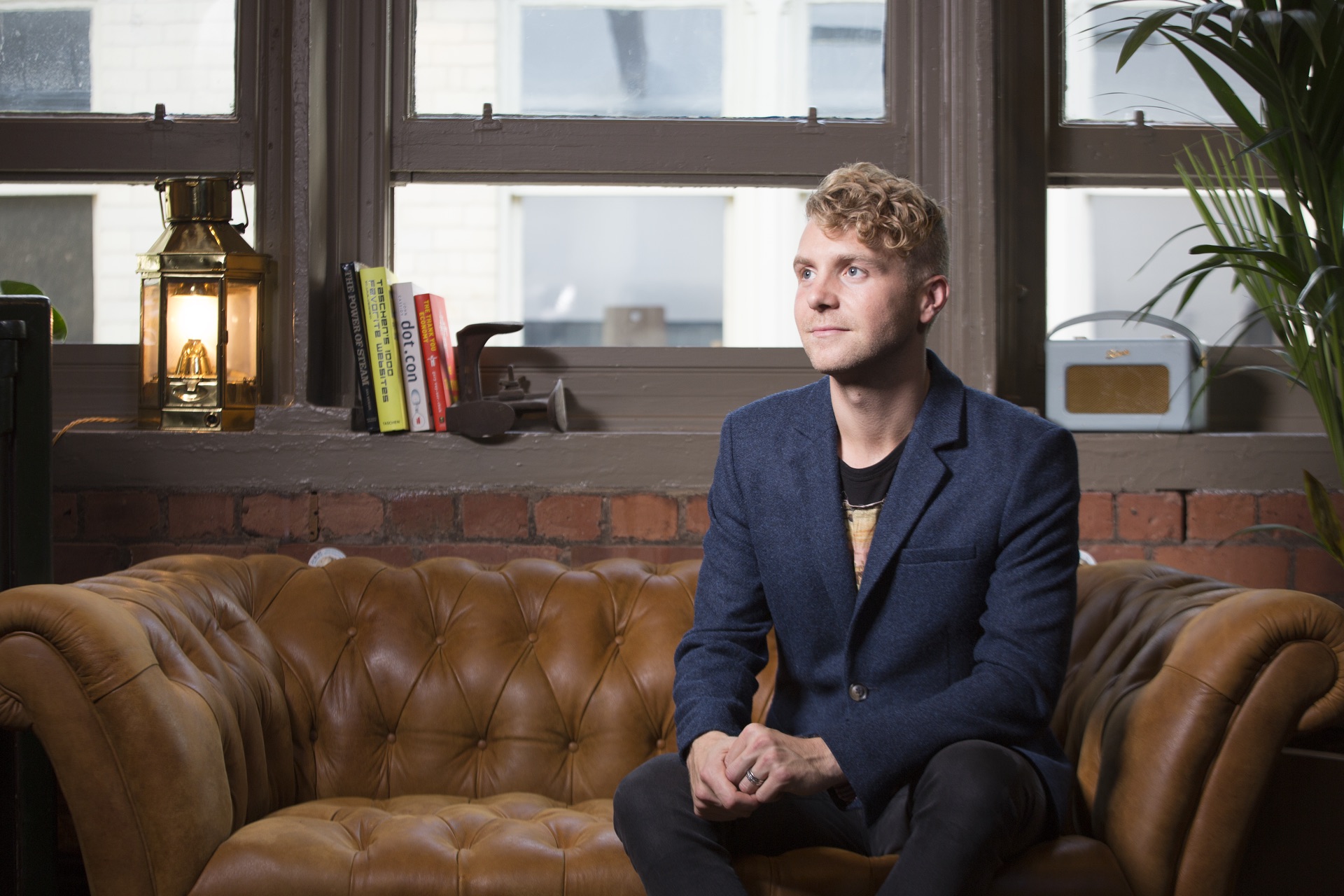
Publishing internal communications may be mistaken as a vanity project but, undergoing a company merger or appointing a new leadership team will influence everyone at that business and there are valuable lessons for others facing a similar scenario.
When we first started out, we made the decision to publish our ‘haus rules – our set of commandments as a company and our alternative to the bloated employee handbook. Opening ourselves up to scrutiny was nerve-racking, but we felt it was important to hold ourselves accountable and share how we operate internally.
Sharing internal communications with the outside world will be something we see much more of in 2019 as companies look to become more transparent and open.
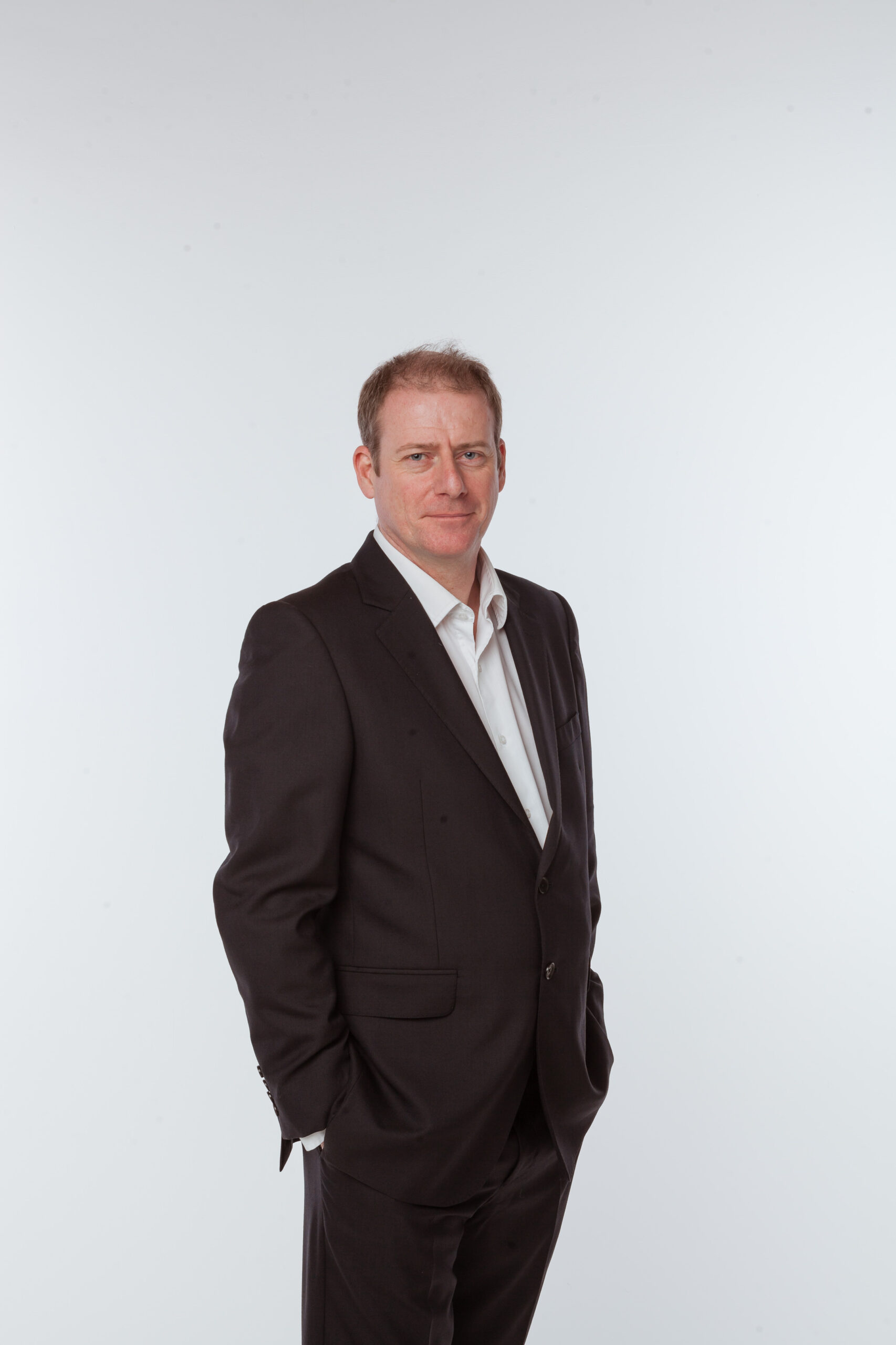
In 2019, the backlash against the social media giants and Google will continue at pace – especially in terms of the way they have approached data privacy and the impact GDPR is having on how they can use data.
It may be that they have reached their peak and that their decline is inevitable as people turn against the monetisation of their data.
Awareness of privacy settings will increase as people realise the impact of public social media content so it will be interesting to see how they respond to users’ concerns.
Keep up with the latest developments in the creative, digital, tech, media, and marketing industries in the North